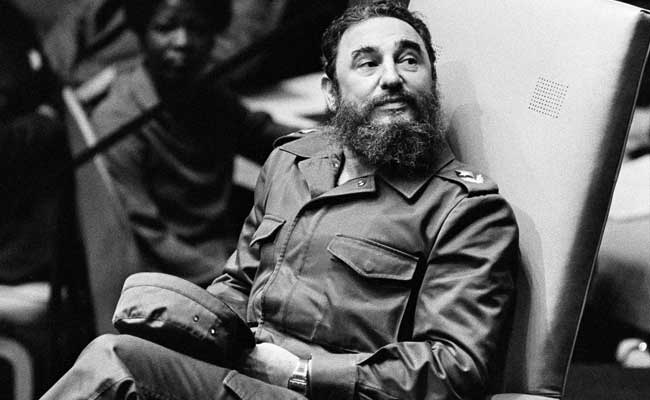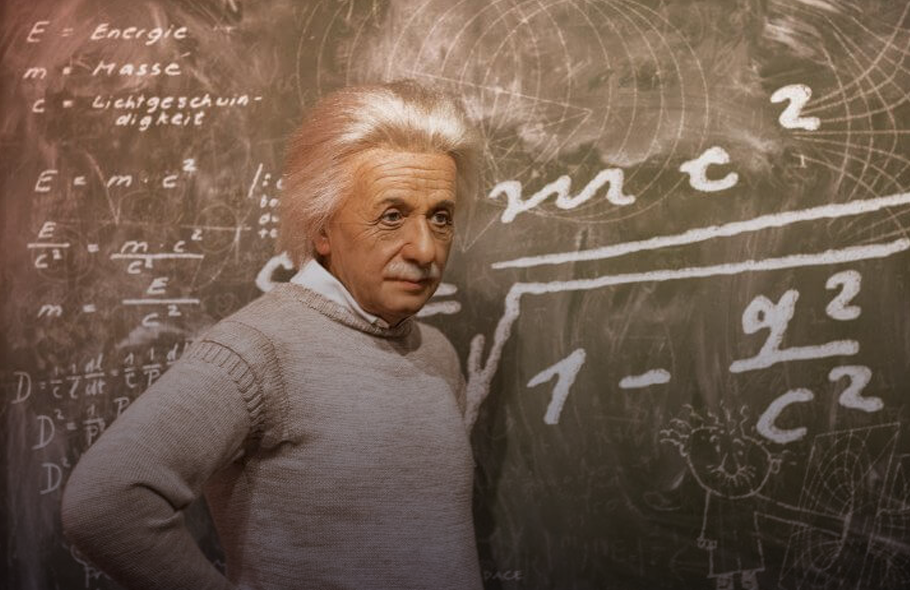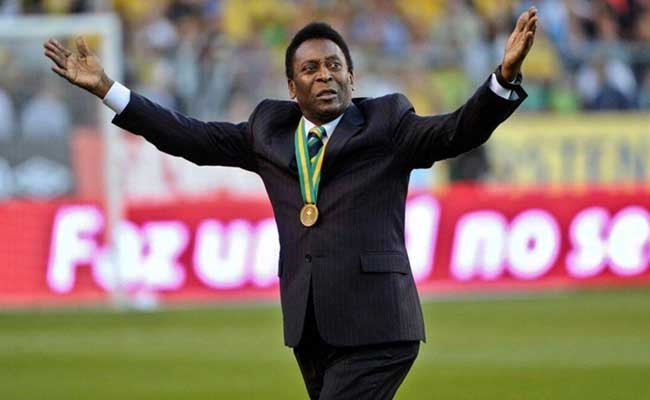Fidel Castro: The Revolutionary Leader Who Shaped Cuba
Fidel Castro is a name that evokes a myriad of emotions and reactions. To some, he is a hero, a champion of the working class who fought against imperialism and oppression. To others, he is a dictator who ruled Cuba with an iron fist, suppressing dissent and violating human rights. Regardless of one’s opinions on Fidel Castro, it cannot be denied that he was a significant figure in world history, a revolutionary leader who shaped the fate of Cuba and influenced the course of the Cold War.
Early Life and Political Awakening
Fidel Alejandro Castro Ruz was born on August 13, 1926, in Birán, Cuba, the third of seven children of a wealthy sugar plantation owner. Despite his privileged upbringing, Fidel Castro was exposed to the harsh realities of life in Cuba, where poverty, inequality, and corruption were rampant. He studied law at the University of Havana and became involved in student politics, where he first encountered Marxist and anti-imperialist ideas. In 1947, he joined a group of left-wing activists and began organizing against the government of President Ramón Grau San Martín.
In 1952, however, the government was overthrown by a military coup led by General Fulgencio Batista, who established a dictatorship. Fidel Castro, outraged by the coup, organized a rebellion against Batista’s regime, launching an attack on the Moncada barracks in Santiago de Cuba on July 26, 1953. The attack failed, and Castro and his comrades were arrested and imprisoned.
Revolution and Rise to Power
Castro’s imprisonment did not deter him from pursuing his revolutionary goals. He continued to organize and plan his next move, and in 1955, he was released from prison as part of a general amnesty. He went into exile in Mexico, where he formed a guerrilla group called the 26th of July Movement, named after the date of the failed Moncada attack. In 1956, Castro and a small group of rebels, including the Argentine revolutionary Ernesto “Che” Guevara, landed in Cuba with the aim of overthrowing Batista’s government.
The rebel forces, known as the “sierra maestra,” waged a guerrilla war against Batista’s army, winning support from the Cuban people who were disillusioned with the dictatorship. In 1959, after a long and bloody struggle, the rebels succeeded in ousting Batista from power. Fidel Castro emerged as the new leader of Cuba, and he quickly set about implementing his vision of a socialist, anti-imperialist state.
Castro’s Revolution and Socialist Policies
Castro’s revolution was based on a commitment to social justice, equality, and sovereignty. He sought to create a society free from the corruption, inequality, and exploitation that had characterized pre-revolutionary Cuba. He nationalized industries, collectivized agriculture, and established a planned economy. He also implemented policies to improve education, healthcare, and housing, and to promote social welfare and cultural development.
Castro’s revolution was not without its challenges and controversies, however. His government was accused of suppressing dissent and violating human rights, including by jailing and executing political opponents. His policies also led to a strained relationship with the United States, which viewed Cuba as a threat to its interests in the region. The U.S. government imposed economic sanctions on Cuba and attempted to isolate it diplomatically, leading to a long-standing conflict between the two countries.
Legacy and Impact
Fidel Castro’s legacy is a complex one, reflecting the complexities of the revolution and its aftermath.
![]()





